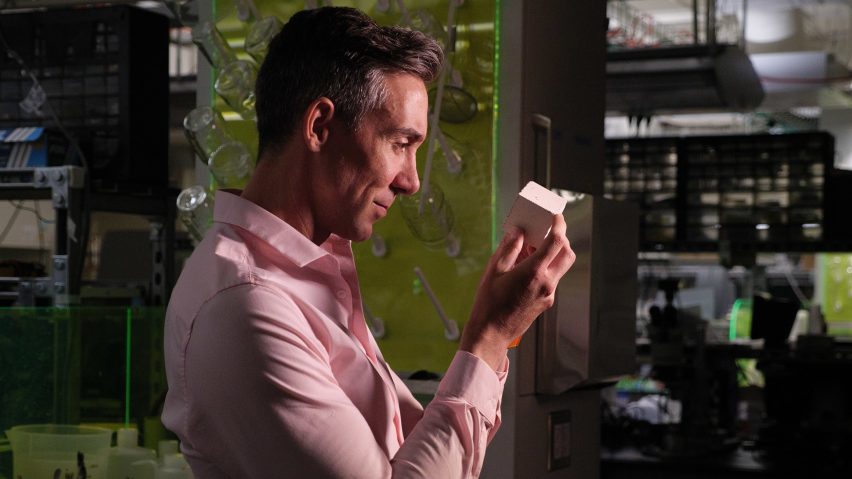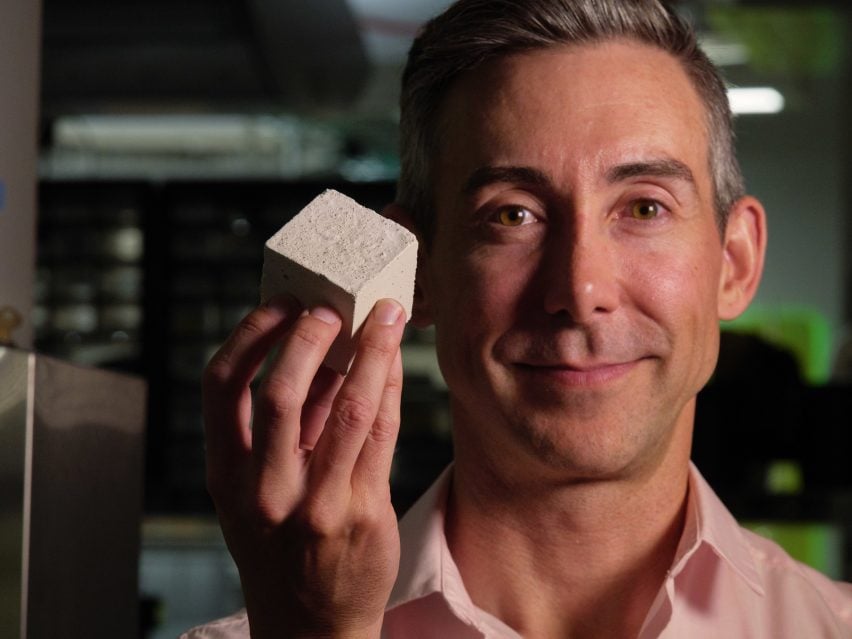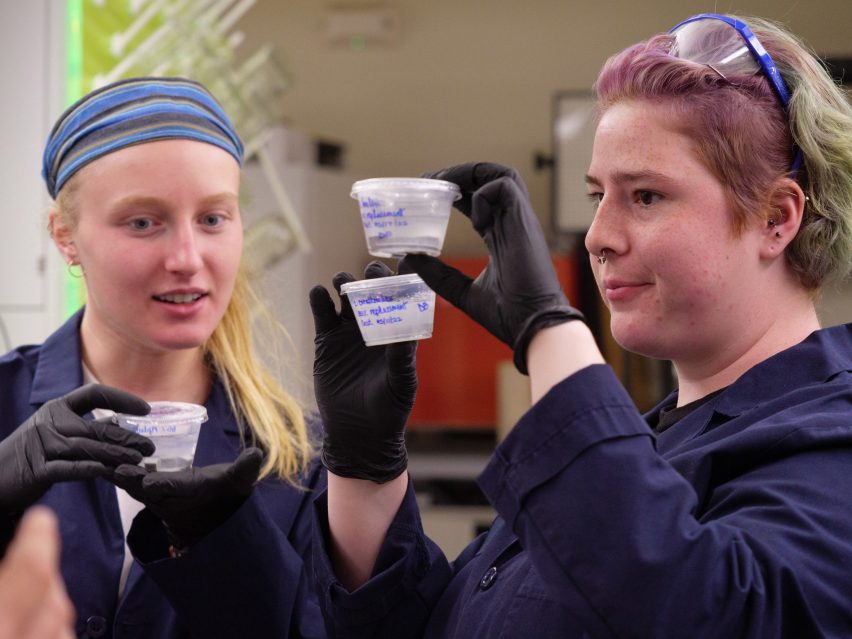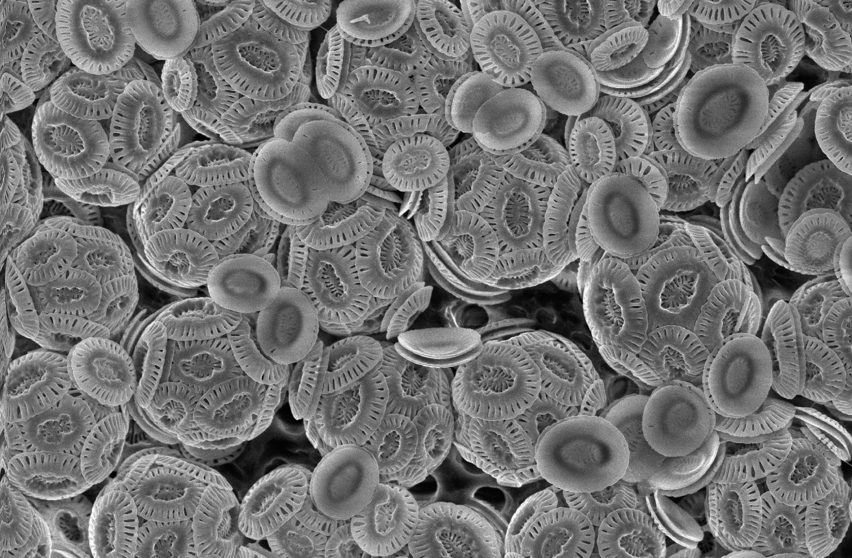
Algae-grown limestone provides route to carbon-negative concrete
Researchers at the University of Colorado Boulder have developed a way of using algae to create carbon-neutral or even carbon-negative concrete.
The researchers use biogenic limestone that is grown by algae in place of quarried limestone to make portland cement, concrete's key and most carbon-intensive ingredient.
The microalgae produces limestone (or calcium carbonate) naturally through the process of photosynthesis.
According to the researchers, concrete made from this "biogenic limestone" is net carbon neutral, because the carbon dioxide released into the atmosphere when it is burned to make cement is equal to what the microalgae drew down from the atmosphere during its growth.

The cement can be made carbon-negative – meaning it sequesters more carbon dioxide than it emits – if the additional ground limestone, typically added to the mixture as a "filler material," is also replaced by the algae-grown alternative.
As it's not burned, the carbon in this portion of the limestone remains stored in the concrete.
The University of Colorado Boulder (CU Boulder) researchers estimate that this would save two gigatonnes of carbon dioxide per year from being pumped into the atmosphere, and potentially sequester an additional 250 million tonnes.
"For the industry, now is the time to solve this very wicked problem," said principal investigator and head of CU Boulder's Living Materials Laboratory Wil Srubar.
"We believe that we have one of the best solutions, if not the best solution, for the cement and concrete industry to address its carbon problem."
The biogenic limestone looks, feels and behaves the same as quarried limestone, which means it should be easy to switch it into existing cement production processes.

The researchers estimate that with one to two million acres of open ponds in the US, the country could produce enough of the substance to make all of the cement it needs. This amount of land is around one per cent of what the country uses to grow corn.
The CU Boulder team has recently been awarded a $3.2 million (£2.7 million) grant from the US Department of Energy to develop and scale up the manufacture of portland cement using biogenic limestone.
"We see a world in which using concrete as we know it is a mechanism to heal the planet," said Srubar. "We have the tools and the technology to do this today."
Srubar and his team work with the fast-working cloudy-white coccolithophores microalgae, which produces the largest amounts of new calcium carbonate on the planet, including blooms that can be seen from space.
The organisms use sunlight, seawater or freshwater and carbon dioxide to produce what Srubar describes as "very intricate, beautiful" calcium carbonate shells as a sort of armour, and are said to be hardy enough to live almost anywhere in the world.
To bring the algae-grown limestone to the market, Srubar has co-founded a start-up called Minus Materials. The company has small quantities of the material available already and plans to keep concrete prices low by using the same microalgae to make other more expensive products such as biofuels, food and cosmetics.

"It's really important for us to remember that this material must be affordable and easy to produce, and the benefits must be shared on a global scale," said Srubar.
The CU Boulder team is working with the University of North Carolina Wilmington's Algal Resources Collection on strain selection and growth optimisation to scale up production as quickly as possible, and with the National Renewable Energy Laboratory on the development of biofuels and other products.
As it stands, cement production accounts for around eight per cent of global carbon dioxide emissions. Another carbon-negative concrete product has come from Montreal company Carbicrete, which cuts out the need for cement by using waste slag from the steel industry plus carbon captured from industrial plants instead.
Some experts have argued for stopping concrete use while it continues to be so carbon-intensive, while others have developed ways of using less concrete.